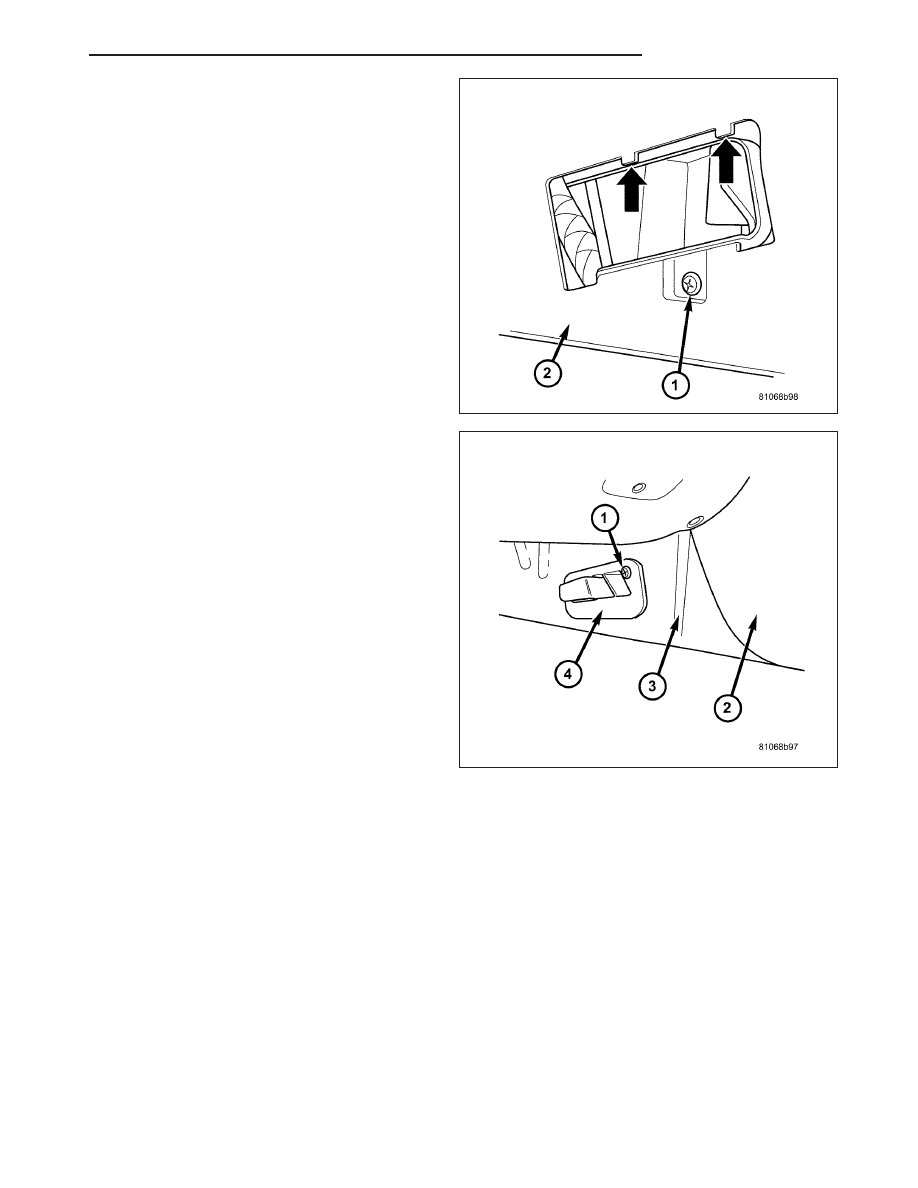Content .. 1004 1005 1006 1007 ..
Chrysler Crossfire. Manual - part 1006

2. Install the screw attaching the footwell air outlet
cover to the center console.
3. Install the cover then turn the screw 90° to the
right.
ZH
DISTRIBUTION
24 - 127
|
|
|
Content .. 1004 1005 1006 1007 ..

2. Install the screw attaching the footwell air outlet cover to the center console. 3. Install the cover then turn the screw 90° to the right. ZH DISTRIBUTION 24 - 127 |